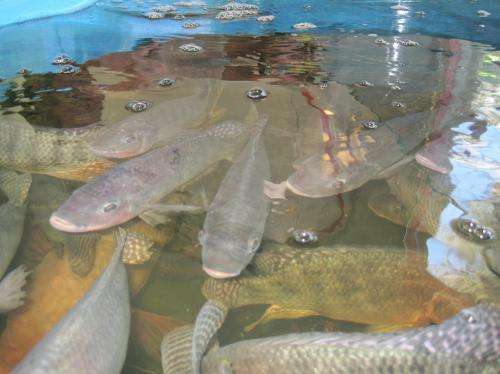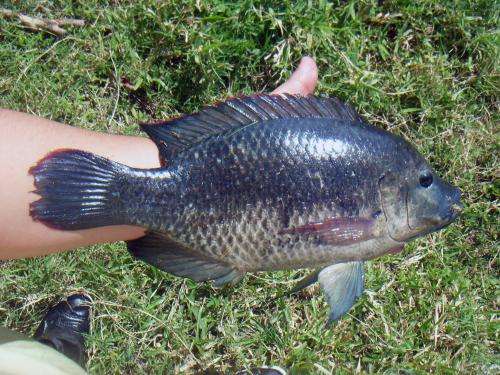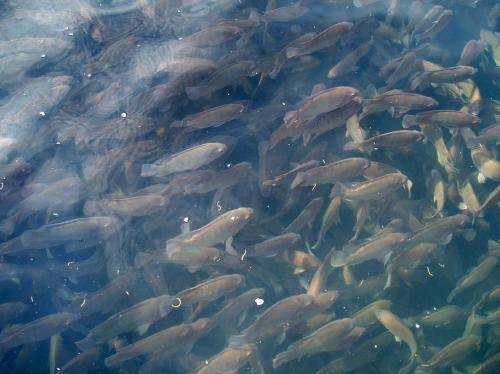Fulminating parasites that affect the production of tilapia

Veracruz is the main producing state of mojarra-tilapia in the country, activity performed around 639 fish farms in 120 municipalities. For internal consumption, the state demands 15 thousand tons per year. The supply is three thousand, ie, only 20 percent, and the rest is purchased from Chiapas, Tamaulipas and Michoacan and even imported from China and Thailand, according to the Tilapia Production Committee, in Veracruz.
Although tilapia fish provides ideal characteristics for production and represents an excellent economic opportunity for Veracruz, the species faces health problems caused by pests, so farmers constantly see their profits diminished.
The team from the Institute of Ecology (INECOL) led by Dr. Miguel Rubio Godoy studying parasitic worms (called monogeneans) of the genera Gyrodactylus, and Cichlidogyrus neobenedenia seeks to develop vaccines against the first two, as well as pharmaceutical formulations that control these pathogens.
Fish parasitologist, Dr. Rubio Godoy, one of the few specialists in the country aside from doing basic research works directly with mojarra-tilapia producers to identify harmful microorganisms and develop ways to prevent disease in the species.
"We studied the parasites of some fish, for instance, worms of tilapia, eroding their skin and ending up killing them; in particular, we focus the study of Gyrodactylus, which had three generations of bugs in a single organism. It is very abundant and causes many problems in aquaculture farms, especially in the small fish", said the parasitologist.
Tilapia offers important nutritional properties, as it is a source of essential fatty acids like Omega 3, and higher quality protein than chicken, beef or pork. The slime or mucus is industrially attractive, for obtaining collagen used in the pharmaceutical industry. Even, it is known that the guts are used to produce biodiesel.

The work of Dr. Rubio Godoy contemplates basic research in natural bodies of water where fish are captured and recognized or described when containing parasites; this is important because fish farms often receive water from these water bodies, and wild fish can serve as a source of parasites for farmed fish, or vice versa.
The team also makes studies of the ecology of harmful microorganisms in aquaculture farms, in order to identify what may be the factors influencing the abundance of parasites, for example, temperature or water quality, among others.
"Last year the state government funds supported me to identify parasites affecting aquaculture in the state. With this support on the one hand and molecular epidemiology to recognize precisely parasite strains studies were done; and on the other, we prepared a manual release to farmers, for producers to easily recognize parasites found more frequently and know the basic methods of control. "

"I had to work to convince producers that Gyrodactylus infection is a problem, because they understood as natural the low production at certain times of the year, and now have clearer that fish mortality due to infections caused by parasites."
Currently, the research team of Dr. Rubio Godoy is working on a nationwide map to identify the parasite Gyrodactylus from around the territory.
"Aquaculture is very important in our country, but should be more, since we have a high production potential. In addition, Mexico fish are the animal group best known from the point of view parasitological, so that a joint effort between farmers and scientists will greatly benefit, "the researcher INECOL.
Provided by Investigación y Desarrollo




















